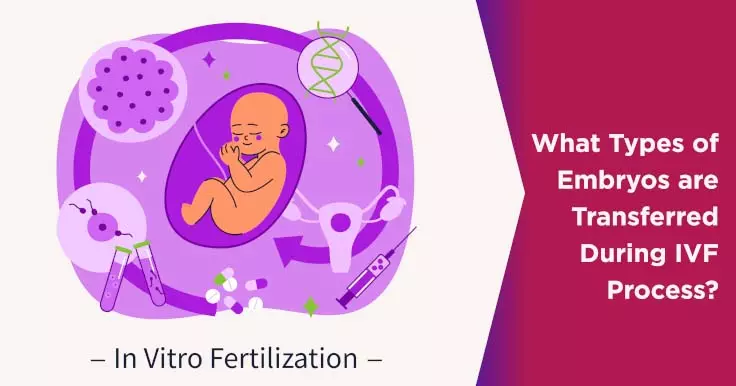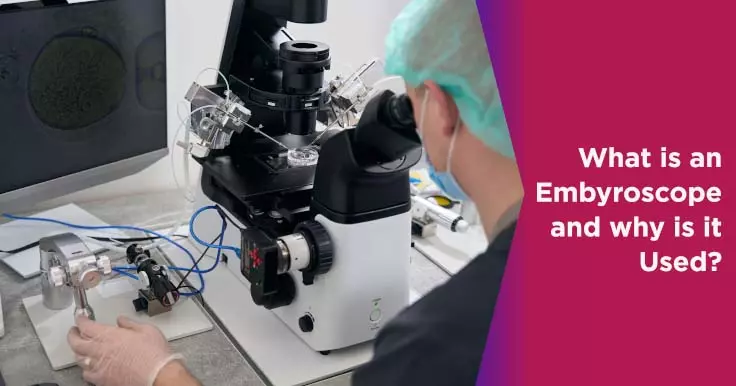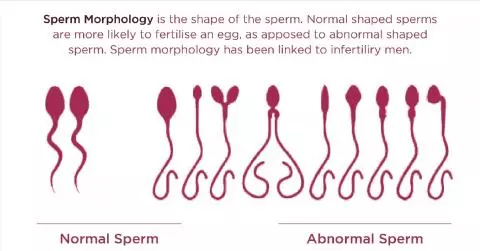Embryo Transfer in IVF: Procedure and Types

IVF or In-Vitro Fertilization is a treatment for infertility which involves the collection of an egg and sperm cells which are fertilized in the IVF laboratory to develop into embryos. These embryos are then transferred to the woman’s uterus where it attaches itself to the walls causing pregnancy. It is one of the more popular methods of ART (Assistive reproductive technology).
Types of Embryo Transfer After IVF
After the collected egg and sperm cells undergo fertilization in the laboratory, an embryo is formed. There are a few options for transferring the embryo that can be opted for depending upon the age of the patient, the quality of the embryo formed and choice. They include:
Fresh Embryo Transfer
In this embryo transfer process, the fertilized eggs formed after IVF, are cultured for a duration of 3 days after which the best quality embryos are selected and transferred into the uterus. For a woman under the age of 40, a transfer of two healthy embryos is considered ideal.
Fresh Blastocyst Embryo Transfer
After IVF, if many viable embryos are found to develop, it is recommended to wait for a few extra days to ensure that they grow into blastocysts. Transfer of a blastocyst has a higher chance of successful pregnancy as compared to 3 day transfer.
Frozen Embryo/ Blastocyst Transfer
If the supernumerary healthy embryos formed after fertilization are not used during the first attempt of IVF, they can be frozen and kept for future use. The frozen embryos can be used for the second attempt of IVF if the first treatment fails, thereby avoiding the need for stimulating the ovaries for a repeat cycle and reduces the risks for ovarian hyperstimulation syndrome as well.
 Infertility Counselling
Infertility Counselling Female Infertility Treatment
Female Infertility Treatment Andrology Treatment
Andrology Treatment Fertility Enhancing Surgeries - Female
Fertility Enhancing Surgeries - Female Fertility Enhancing Surgeries - Male
Fertility Enhancing Surgeries - Male Endoscopy Treatment
Endoscopy Treatment IUI Treatment
IUI Treatment IVF Treatment
IVF Treatment ICSI Treatment
ICSI Treatment Advanced IVF Solutions
Advanced IVF Solutions Embryology
Embryology Vitrification Egg, Embryo, Sperm Freezing
Vitrification Egg, Embryo, Sperm Freezing Preimplantation Genetic Testing (PGT)
Preimplantation Genetic Testing (PGT) Donation Program Embryo / Egg / Sperm
Donation Program Embryo / Egg / Sperm Self-cycleTM IVF
Self-cycleTM IVF

 Self-cycleTM IVF
Self-cycleTM IVF










